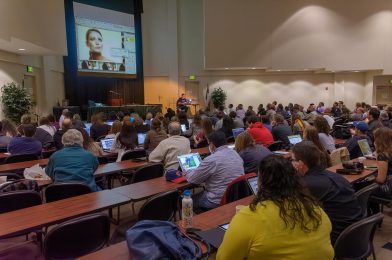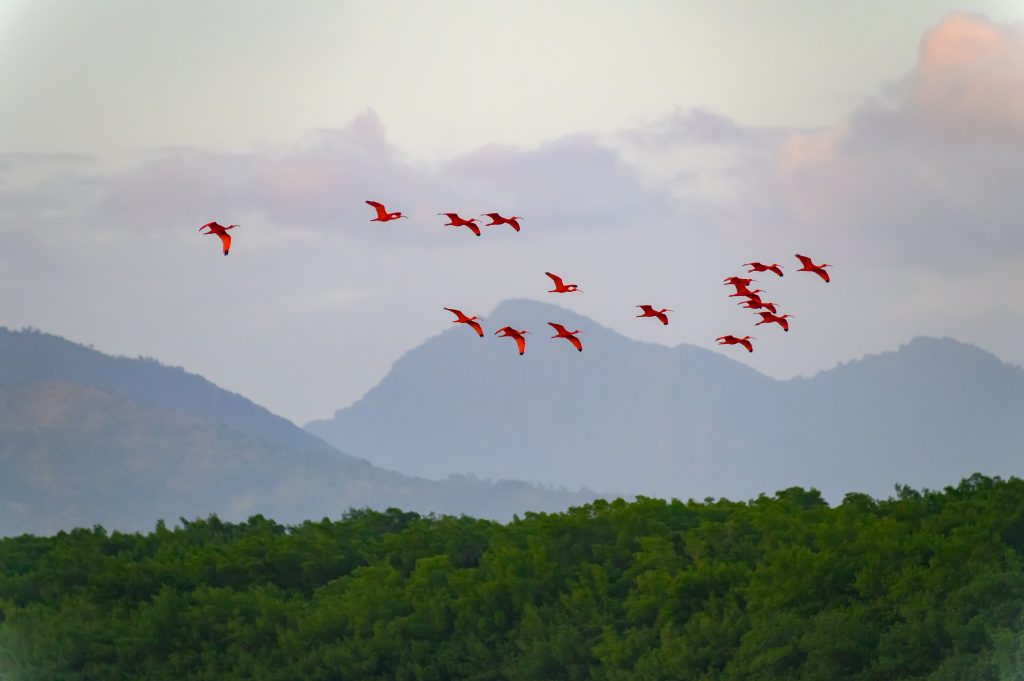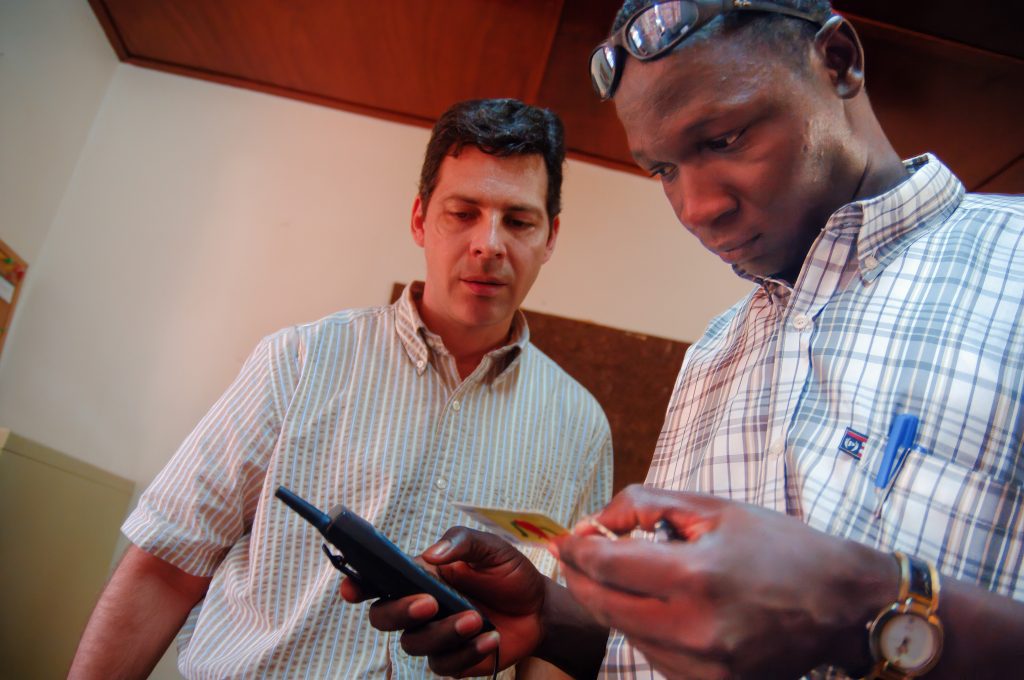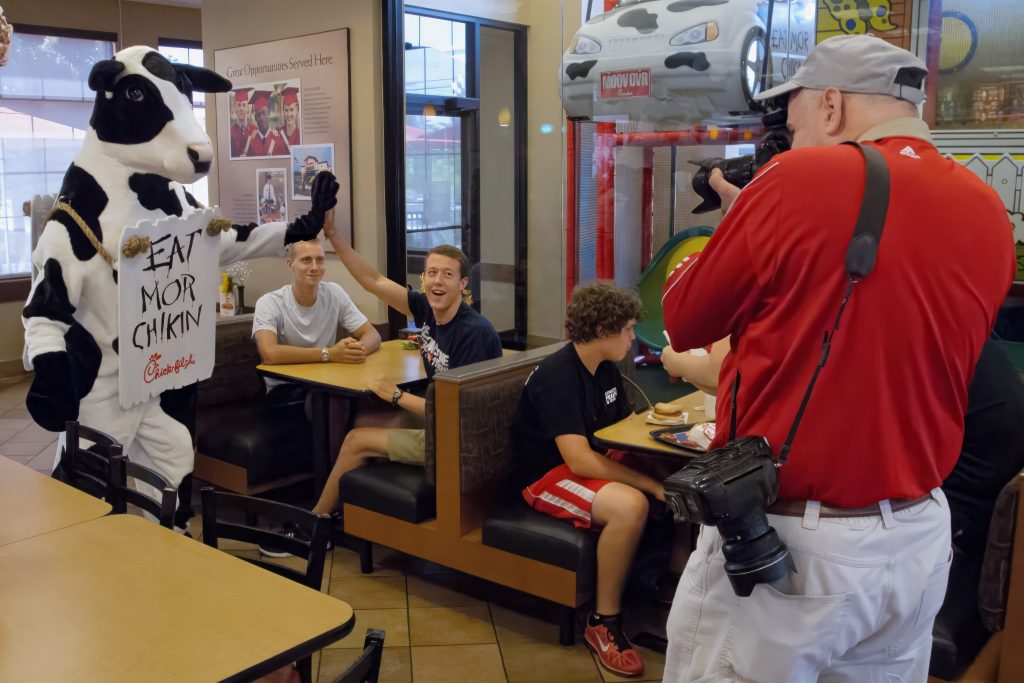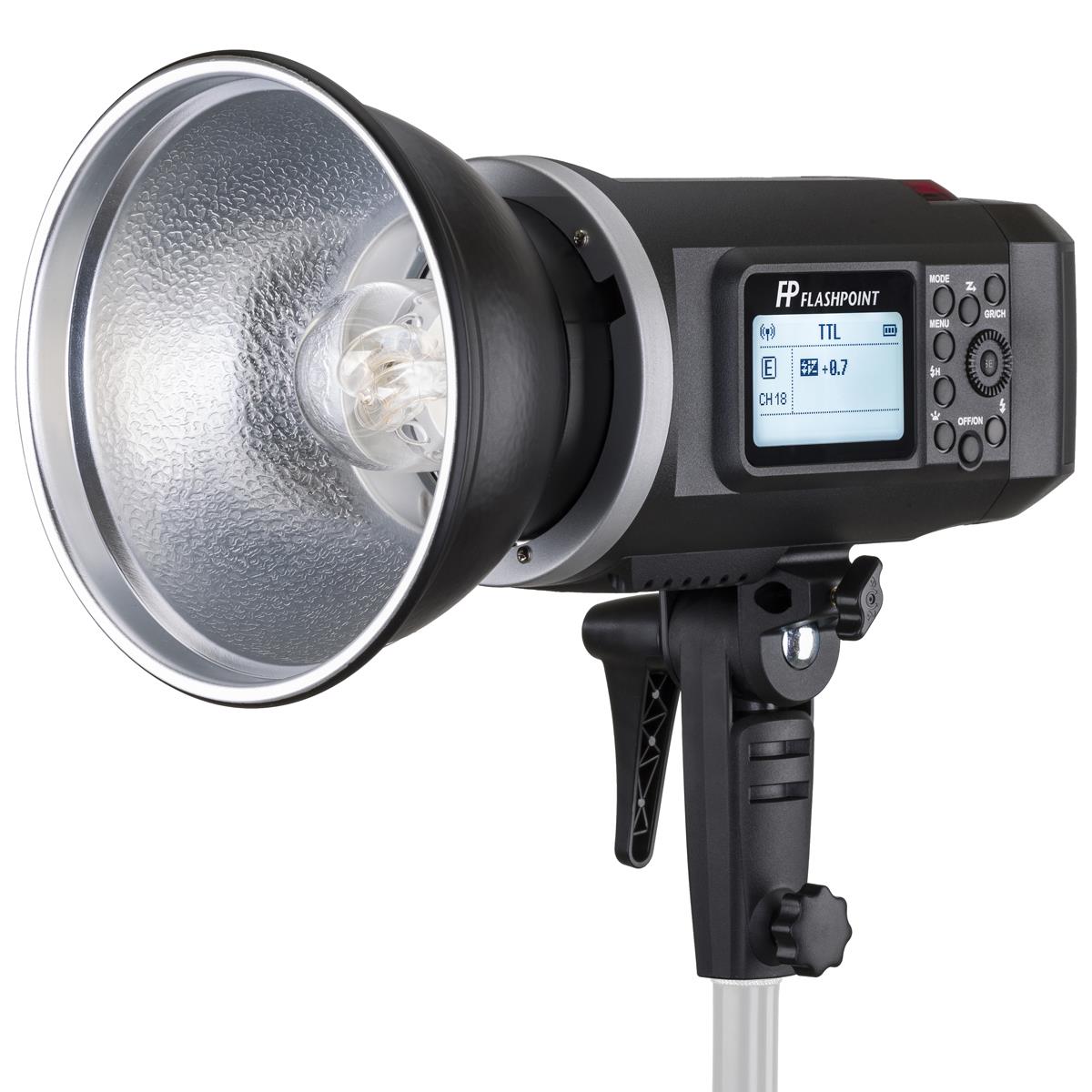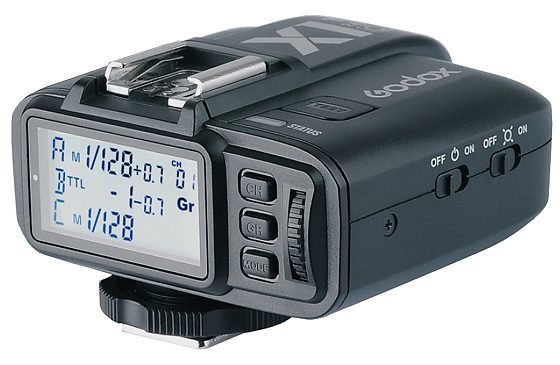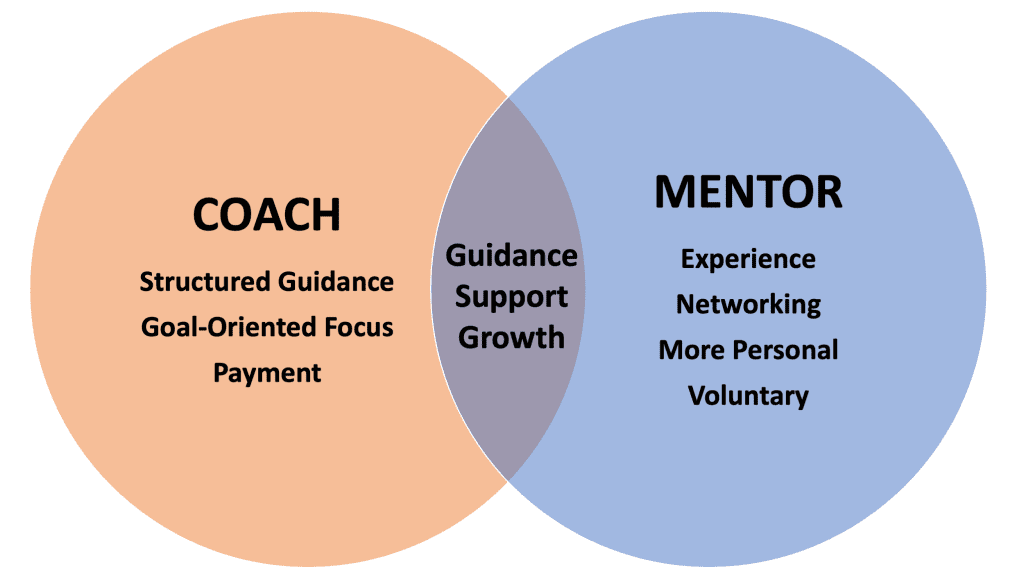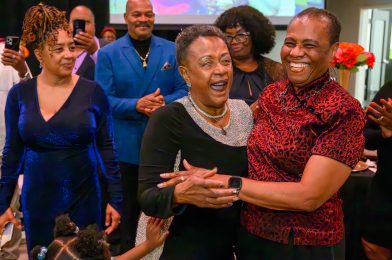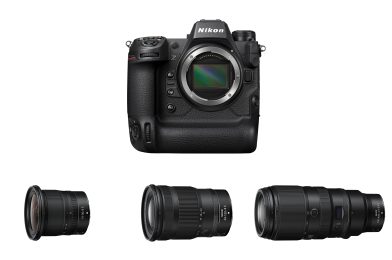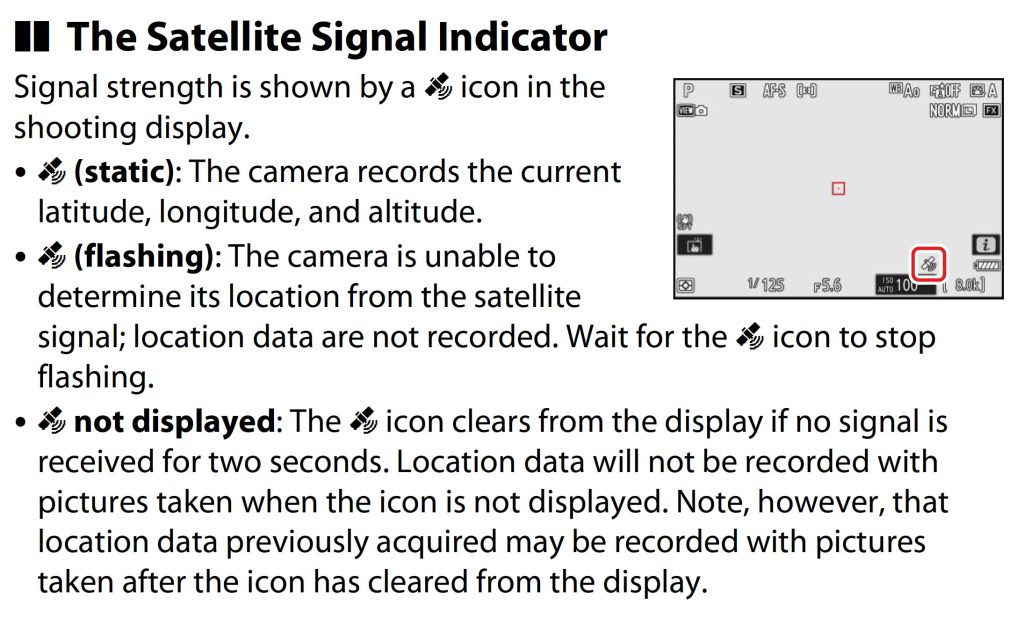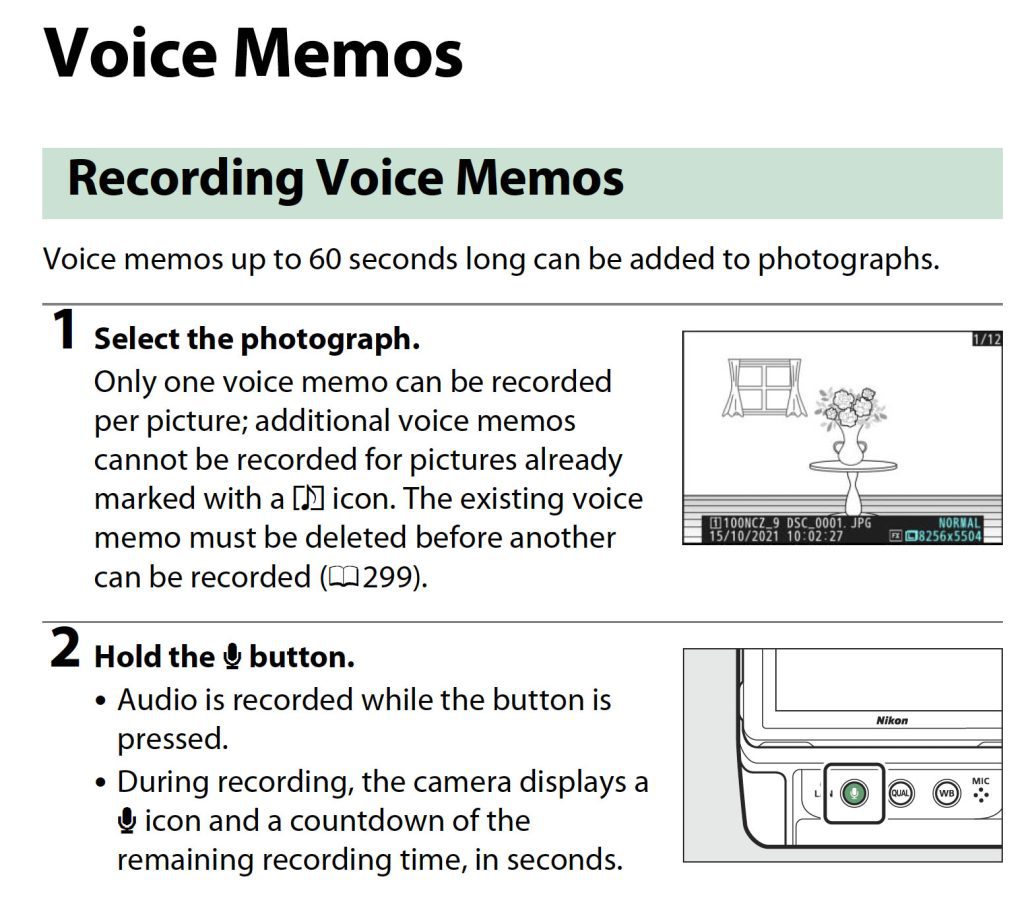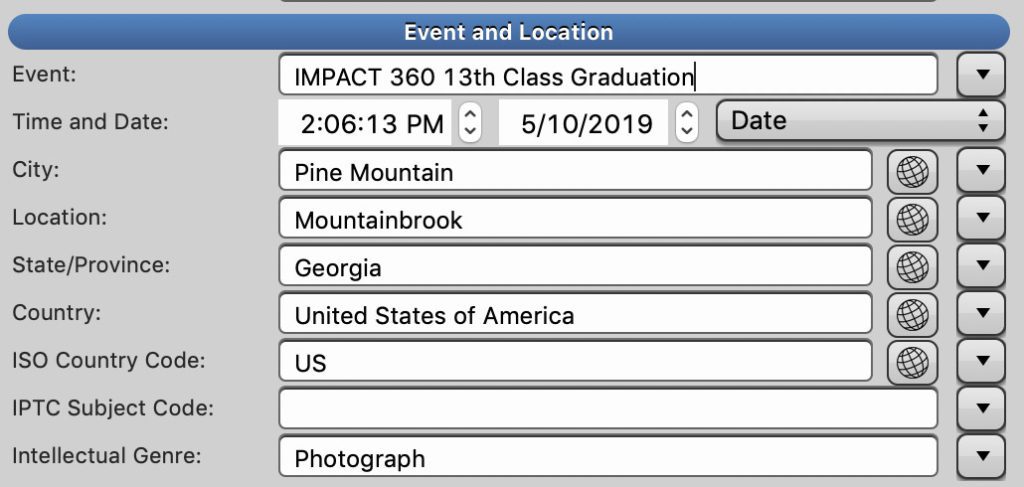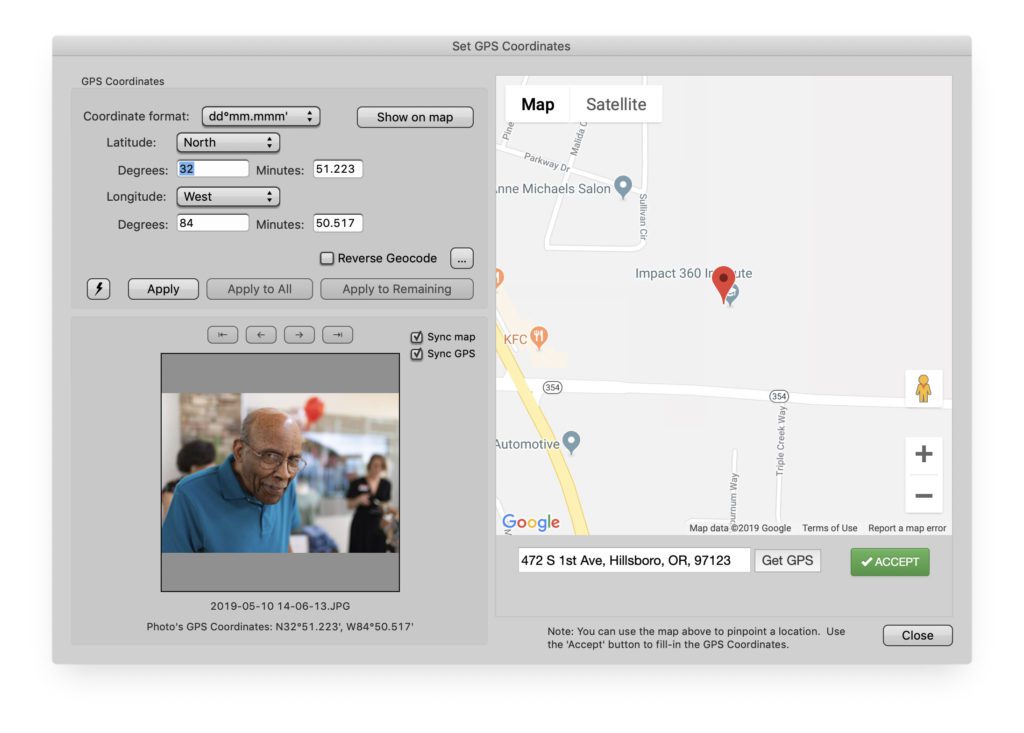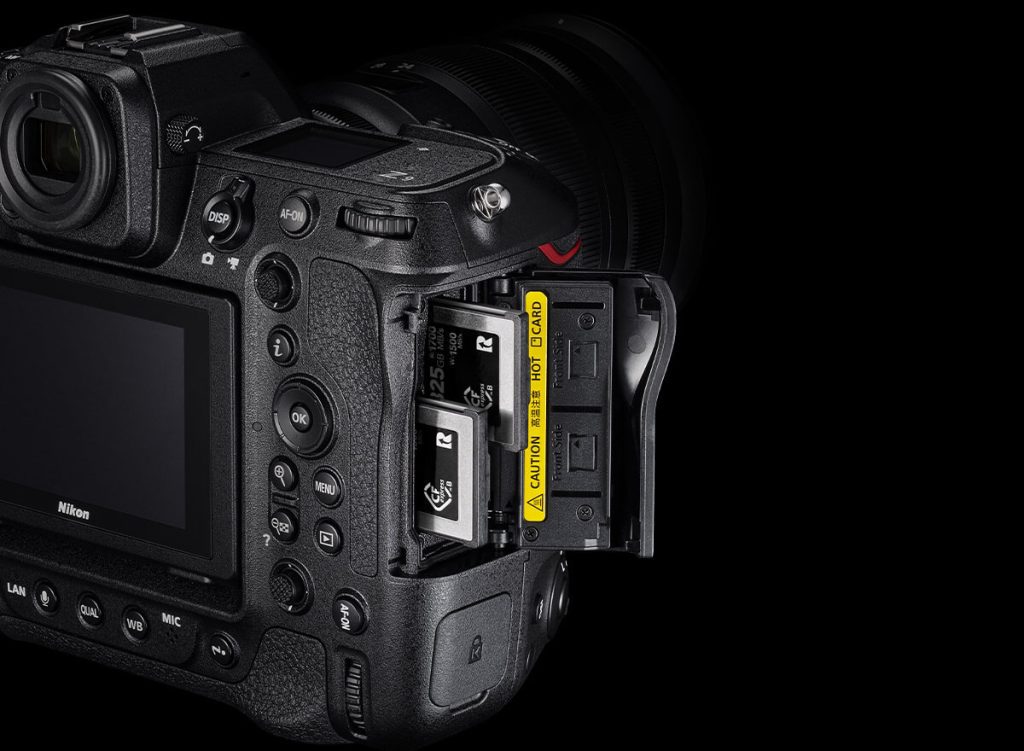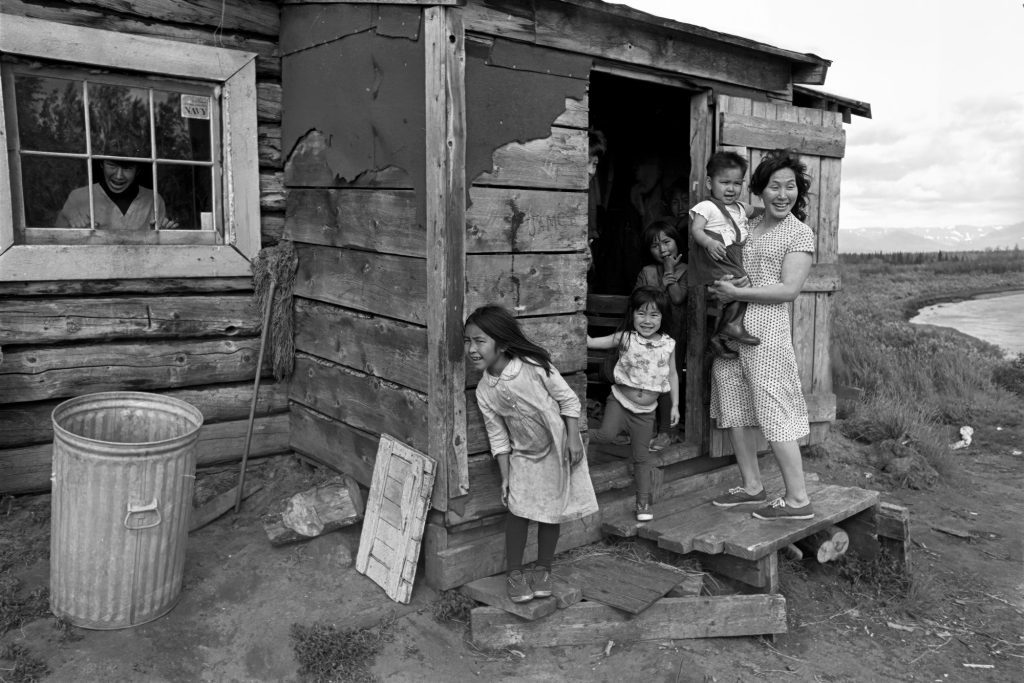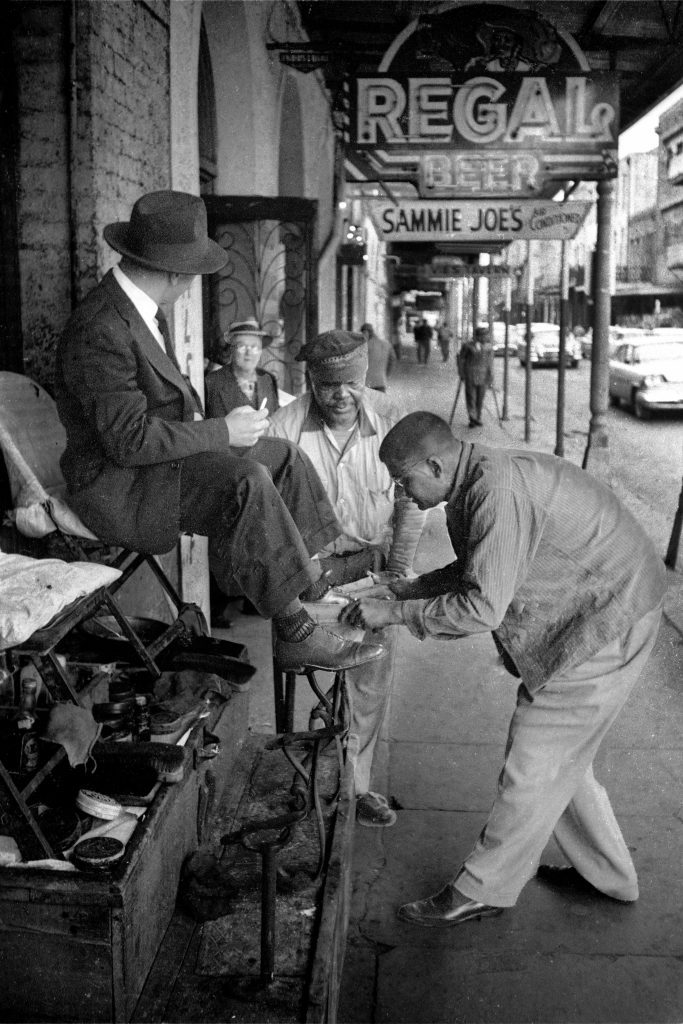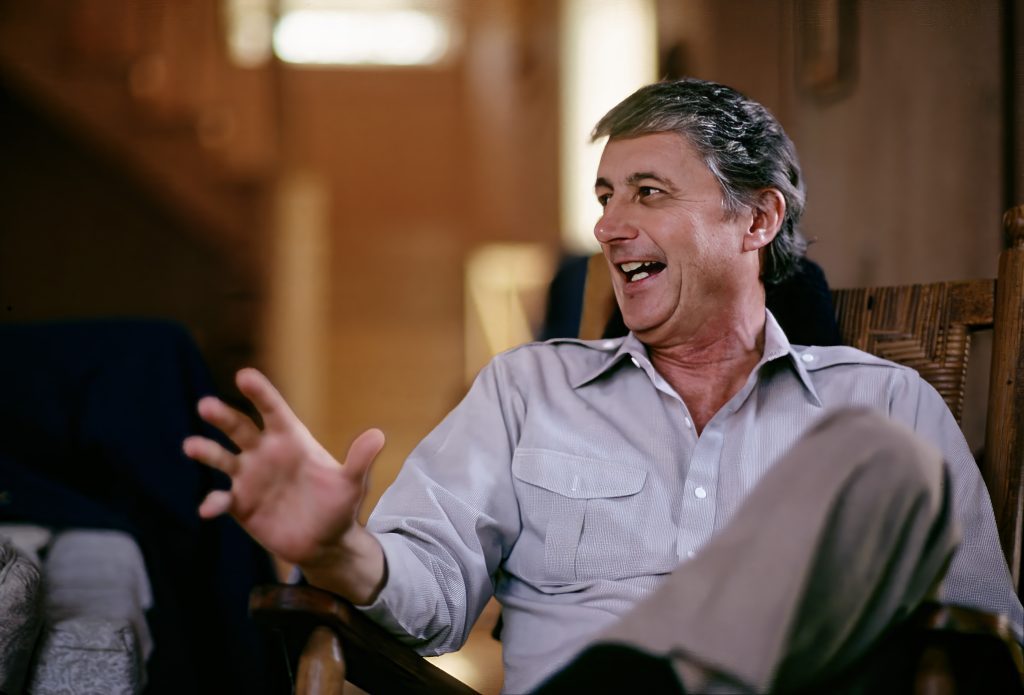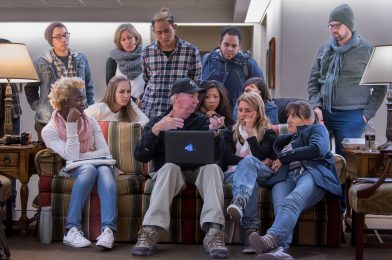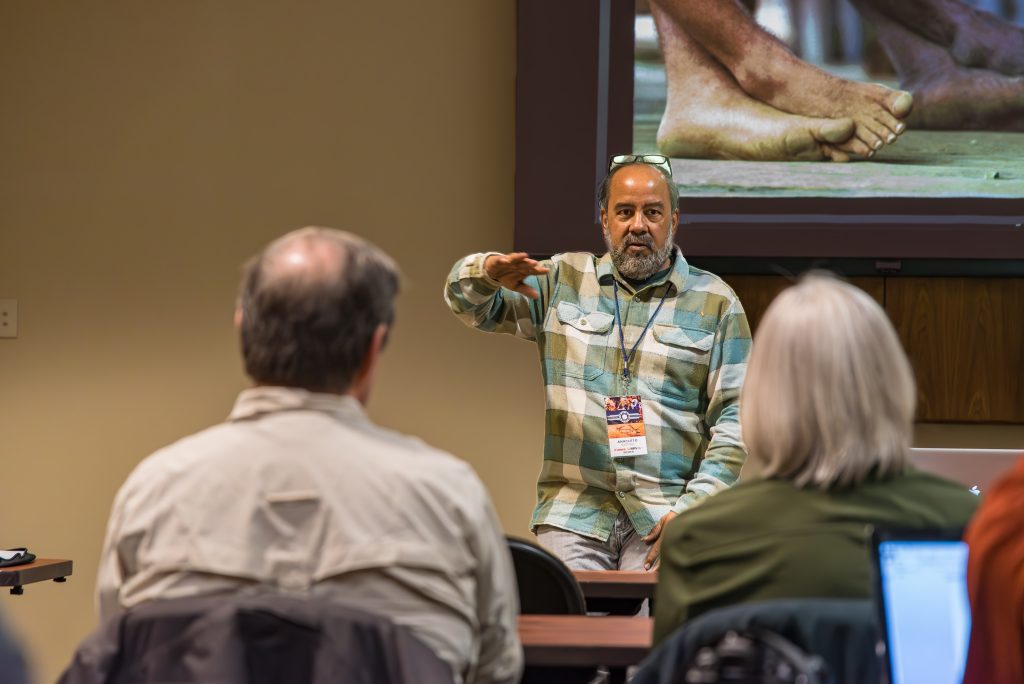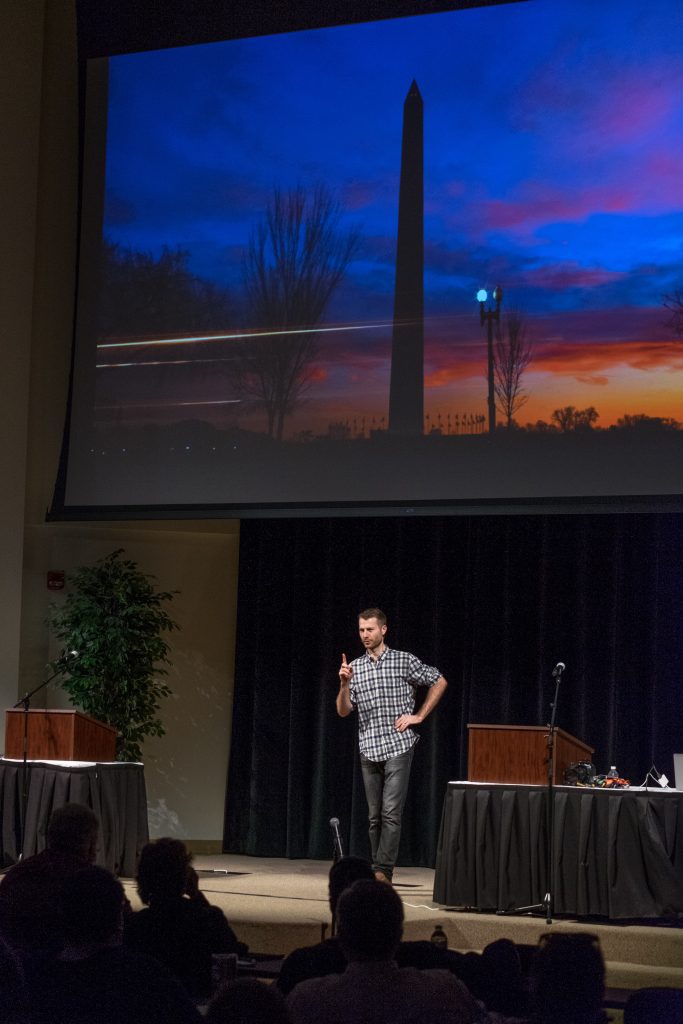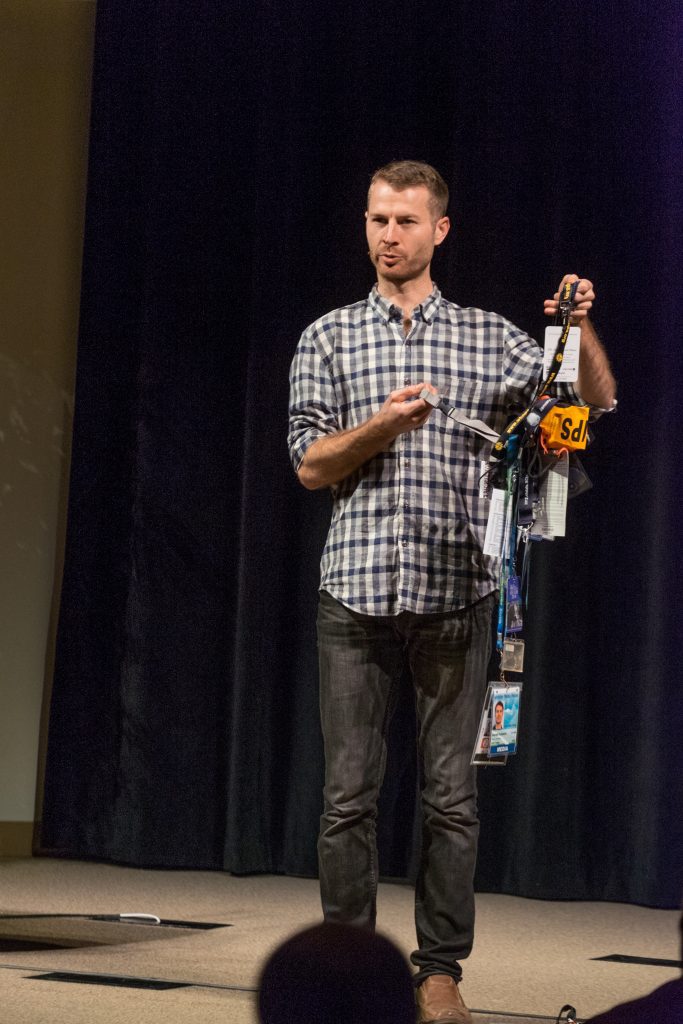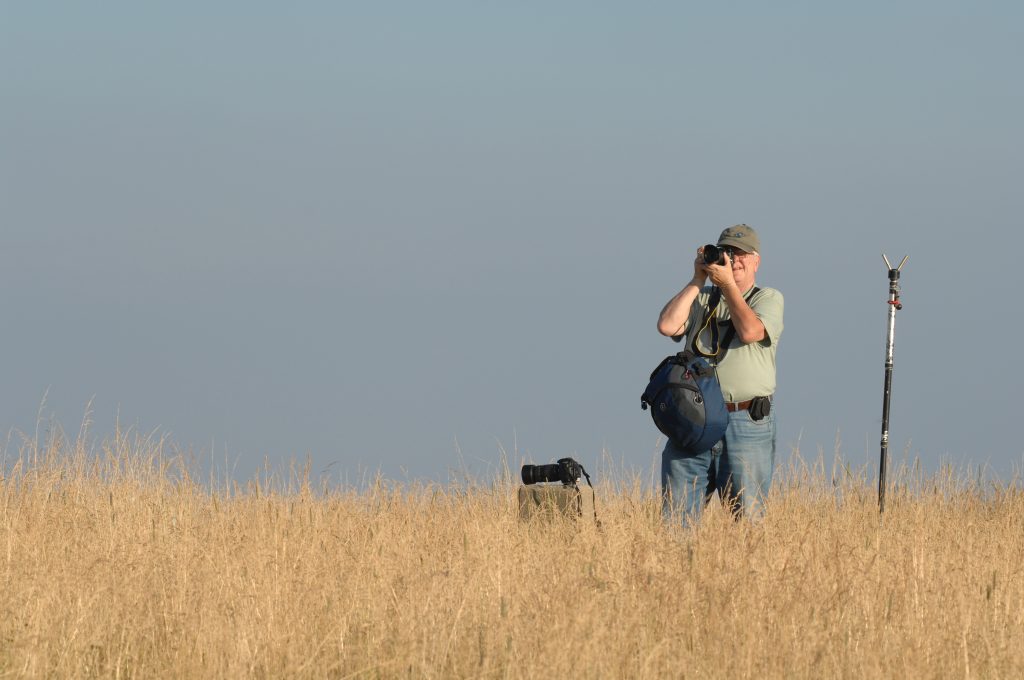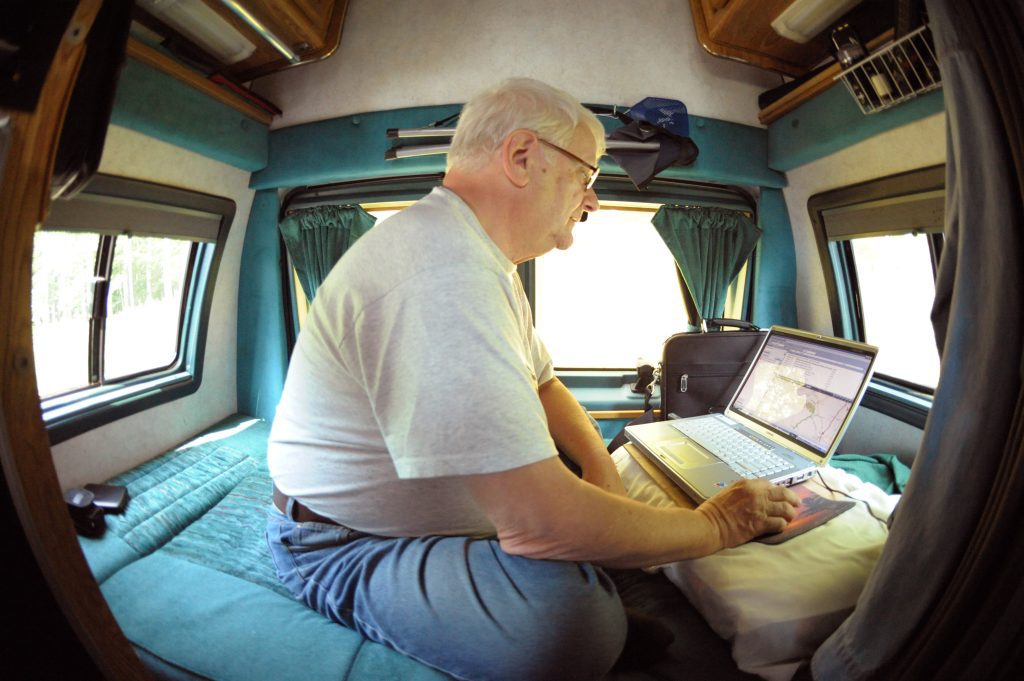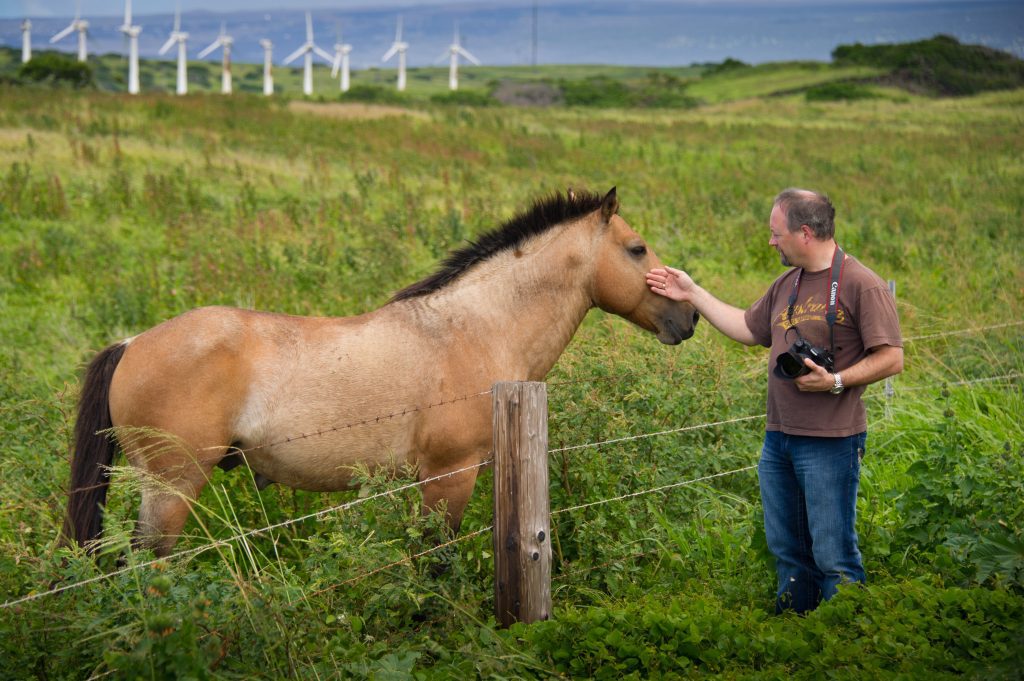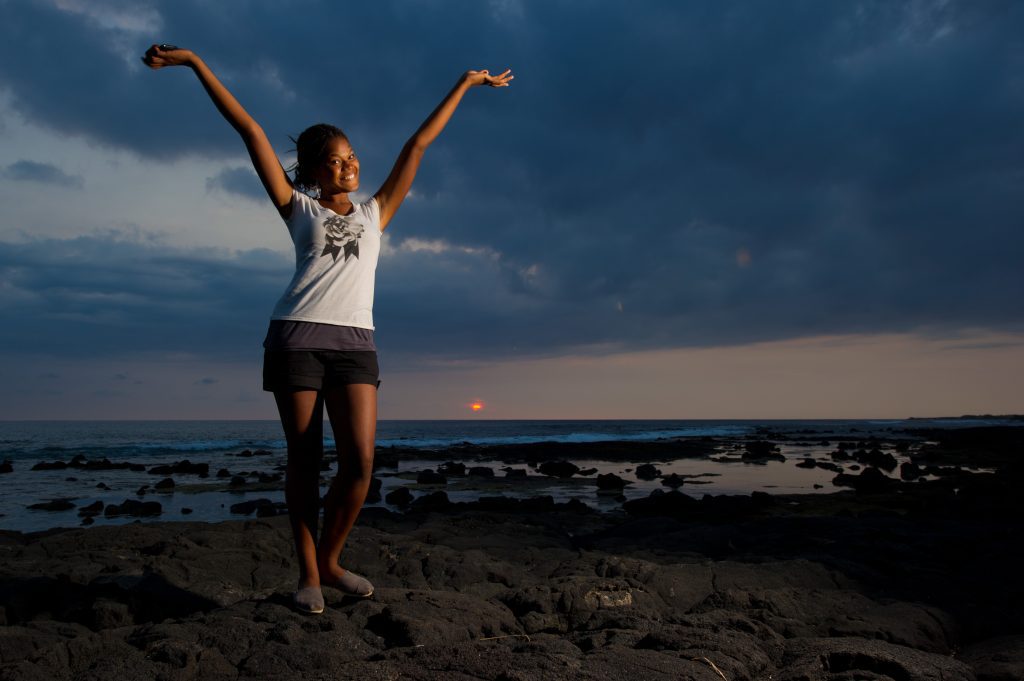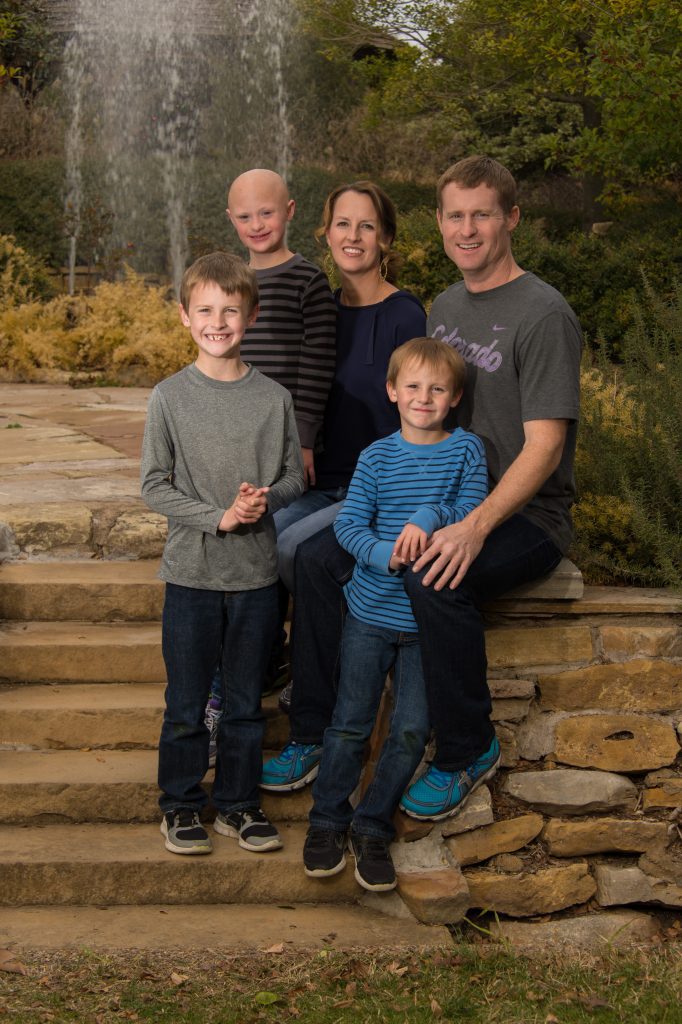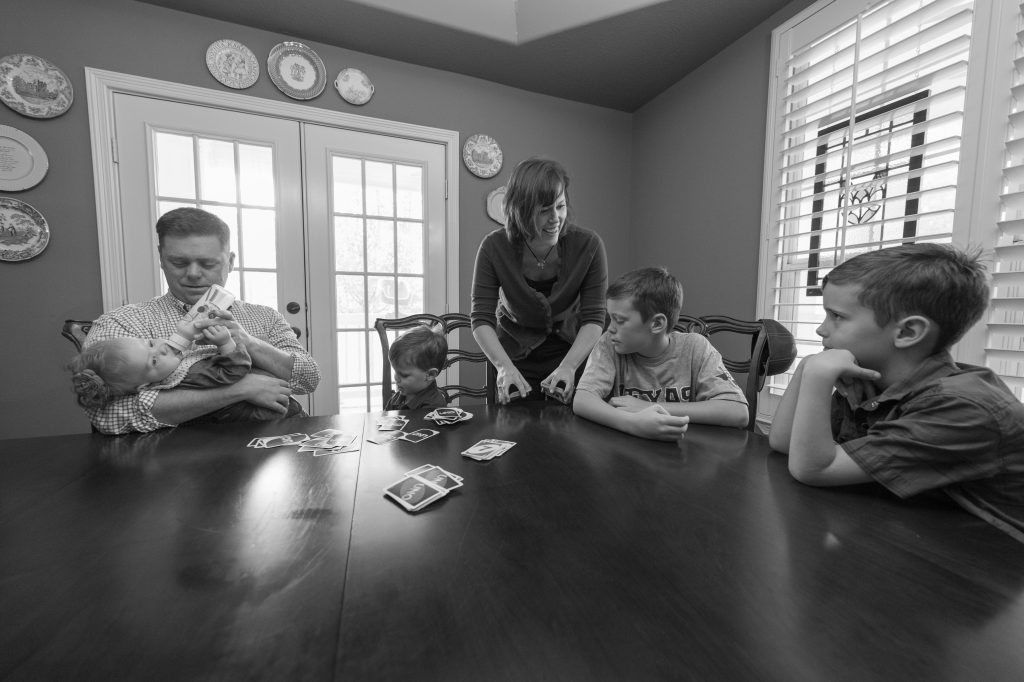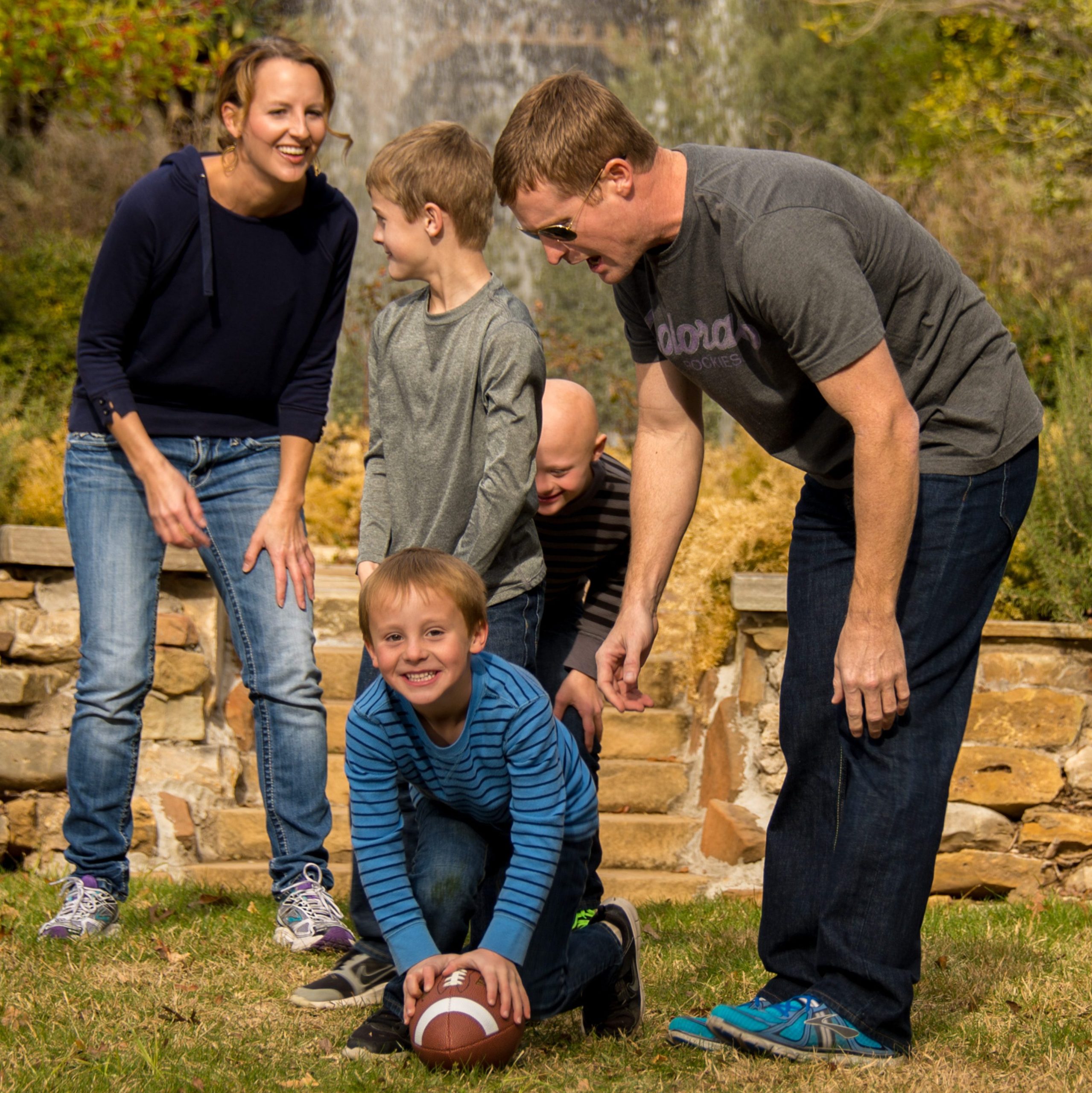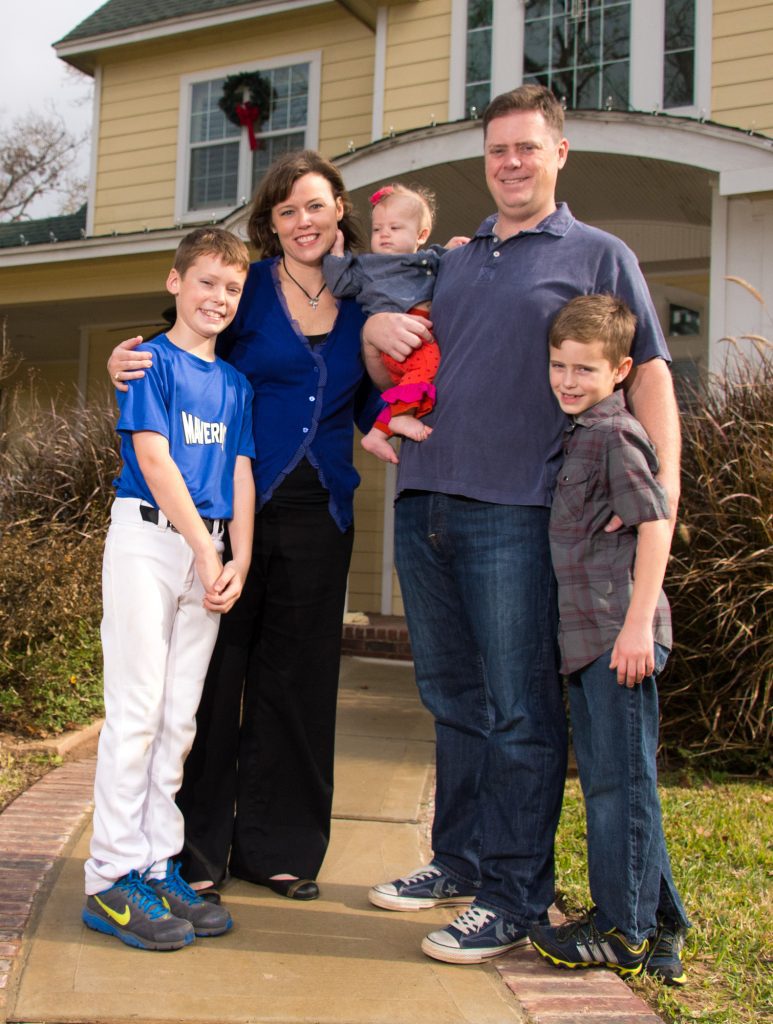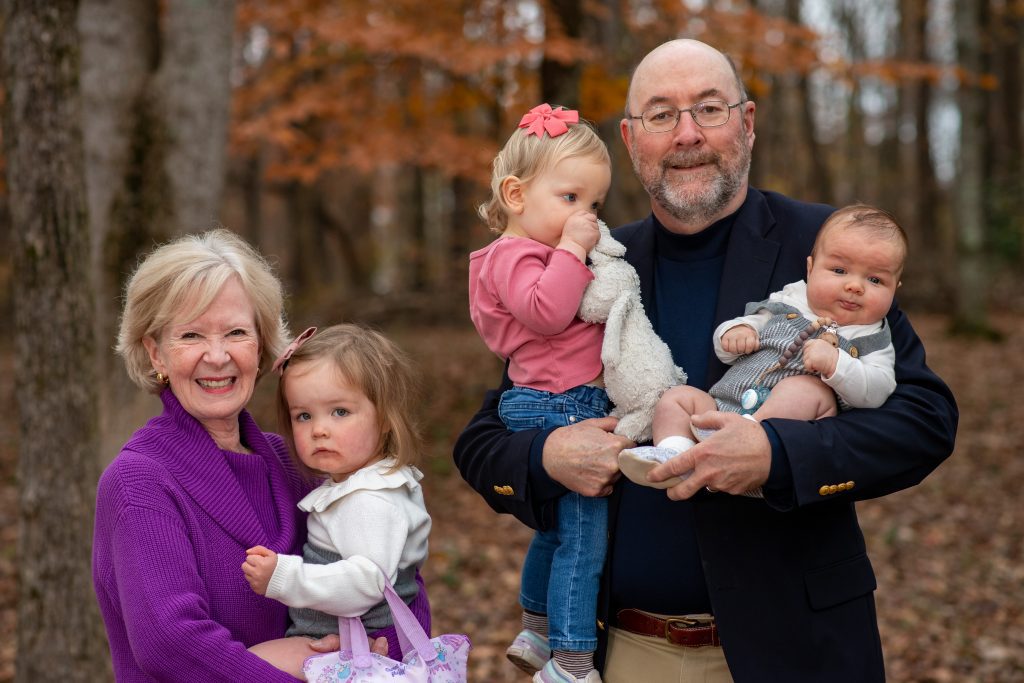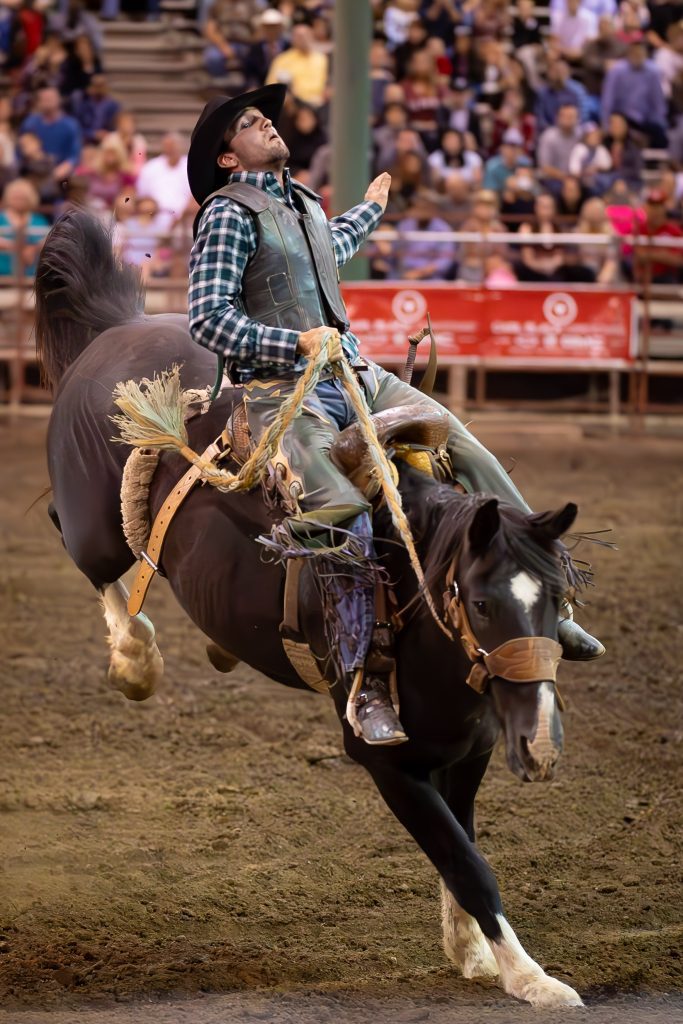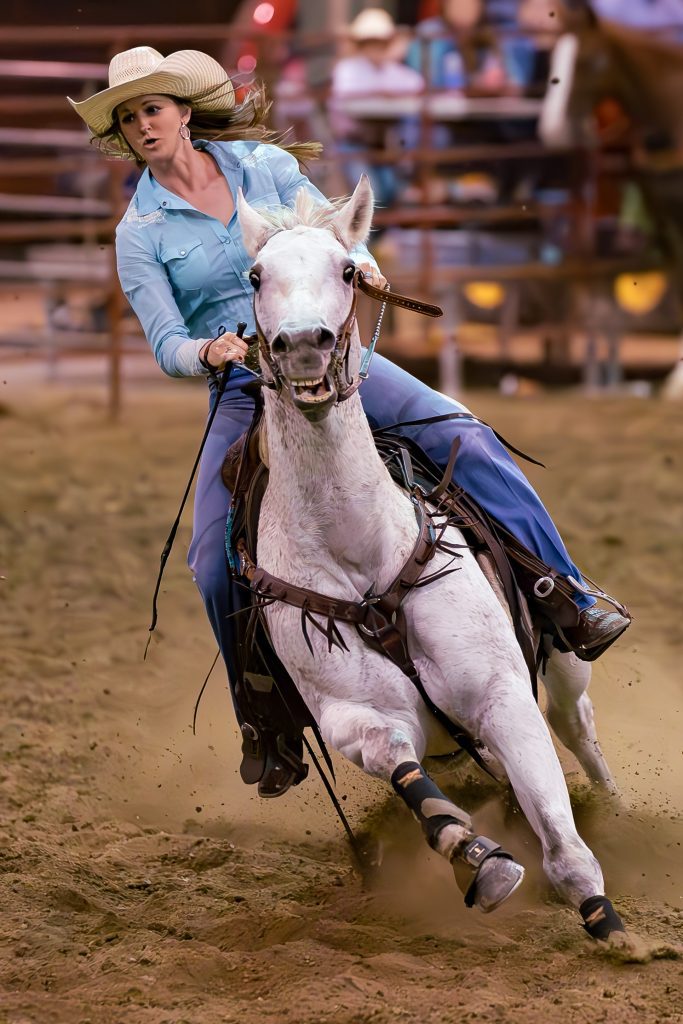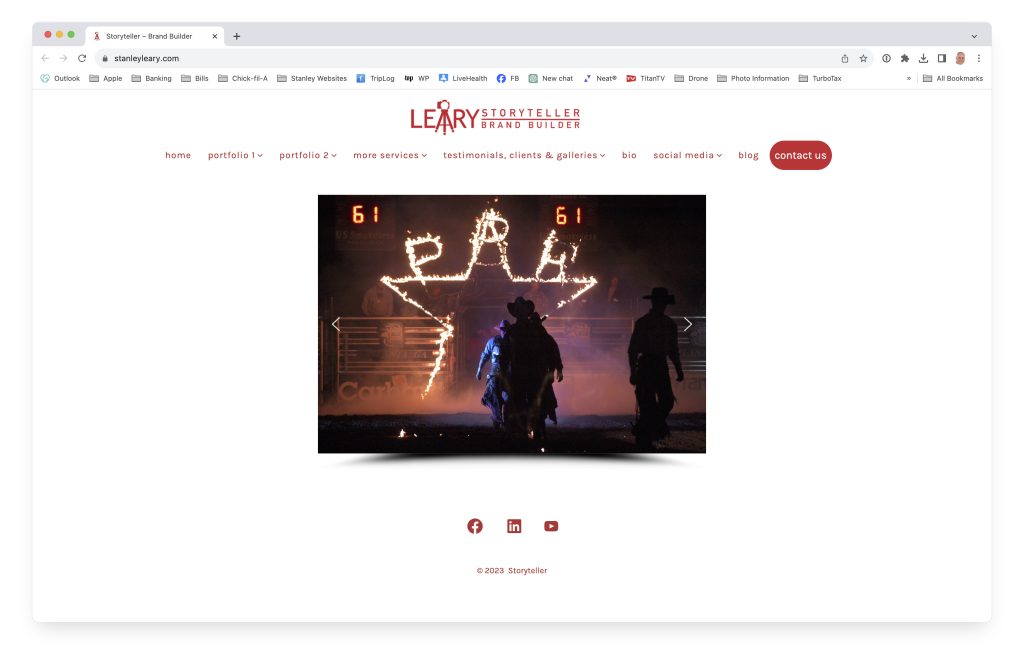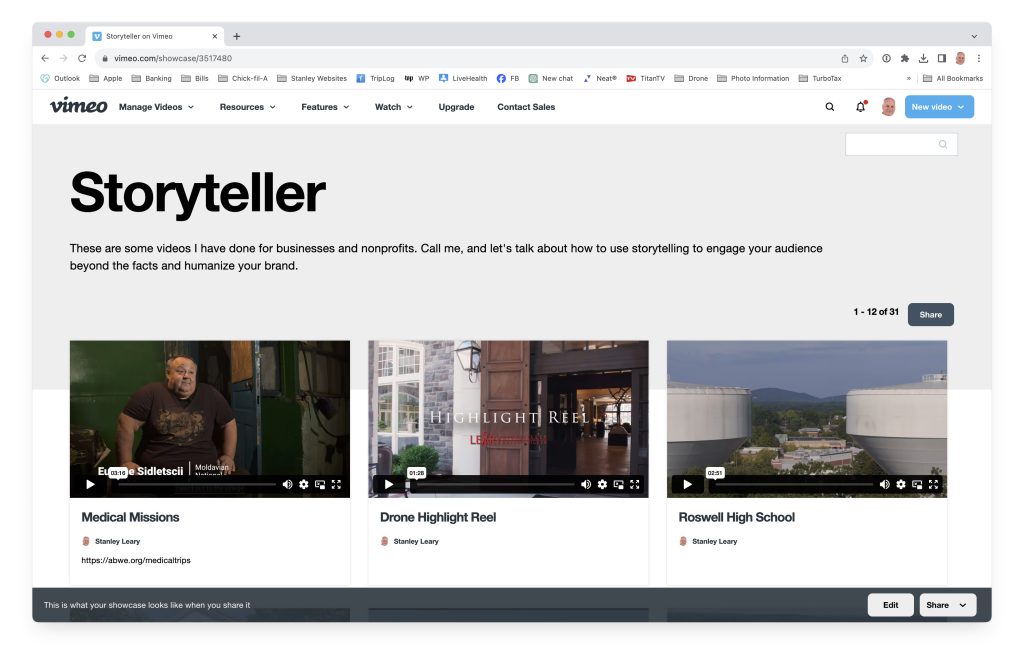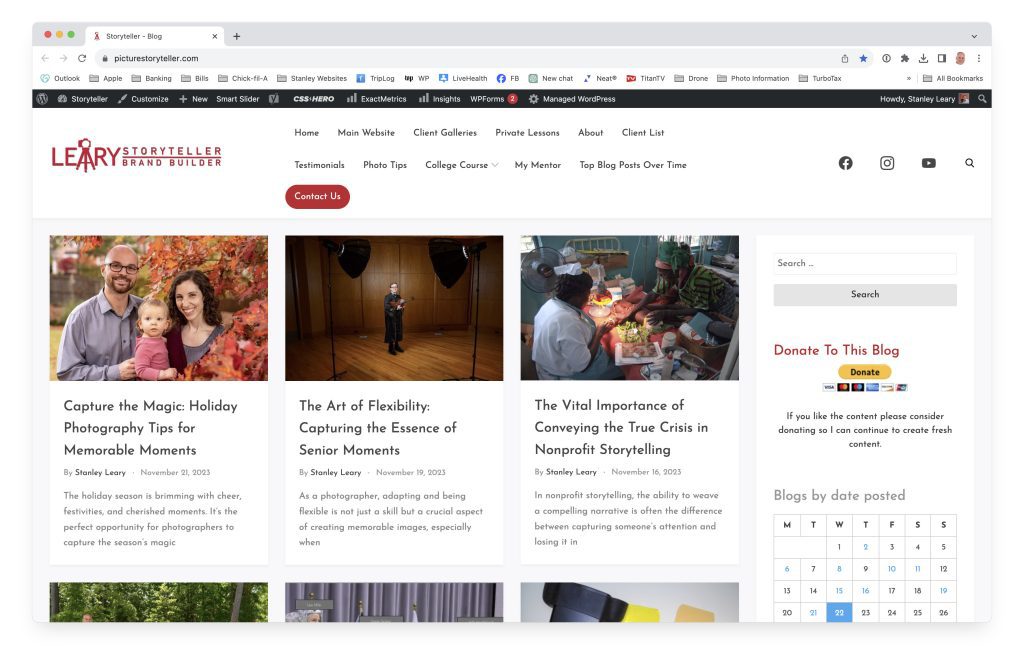Scott Kelby is giving a presentation at the Southwestern Photojournalism Conference.
In photography, there’s a common dilemma among amateurs and camera club enthusiasts. Many find themselves entrenched in a loop, diligently mastering exposure-nailing composition techniques yet wondering why their photos fail to garner awards or spark conversations about their brilliance.
Let me share the story of a photographer, let’s call him Alex, who found himself in precisely this situation. Alex was an active member of a local camera club, spending hours perfecting technical aspects—mastering exposure, refining composition, and grasping the intricacies of lighting. Despite his dedication, he couldn’t decipher what set apart the photos that won accolades from the ones he captured. Frustration brewed within him as he yearned to understand the elusive quality the master photographers seemed to possess.
The missing link is more than technical expertise; it’s the ability to transcend the technicalities and delve deeper into creativity, emotion, and vision.
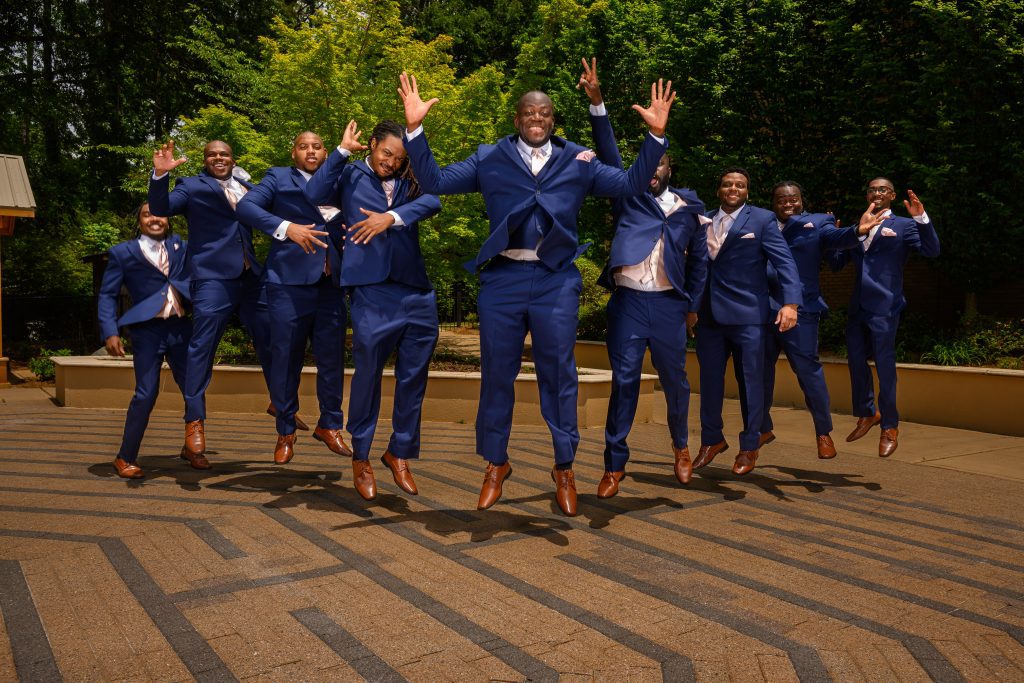
Stepping Beyond the Technical Threshold
While technical skills lay a strong foundation, true photographic mastery lies beyond this threshold. Here’s how you can step out of the loop and elevate your photography:
Embrace Creative Vision
Photography is storytelling through imagery. It’s not merely capturing scenes but evoking emotions and narratives. To break free from the loop, channel your creative energy into telling compelling stories through your photographs. Dive into the world of storytelling, experiment with perspectives, and embrace the power of conveying emotions through your lens.
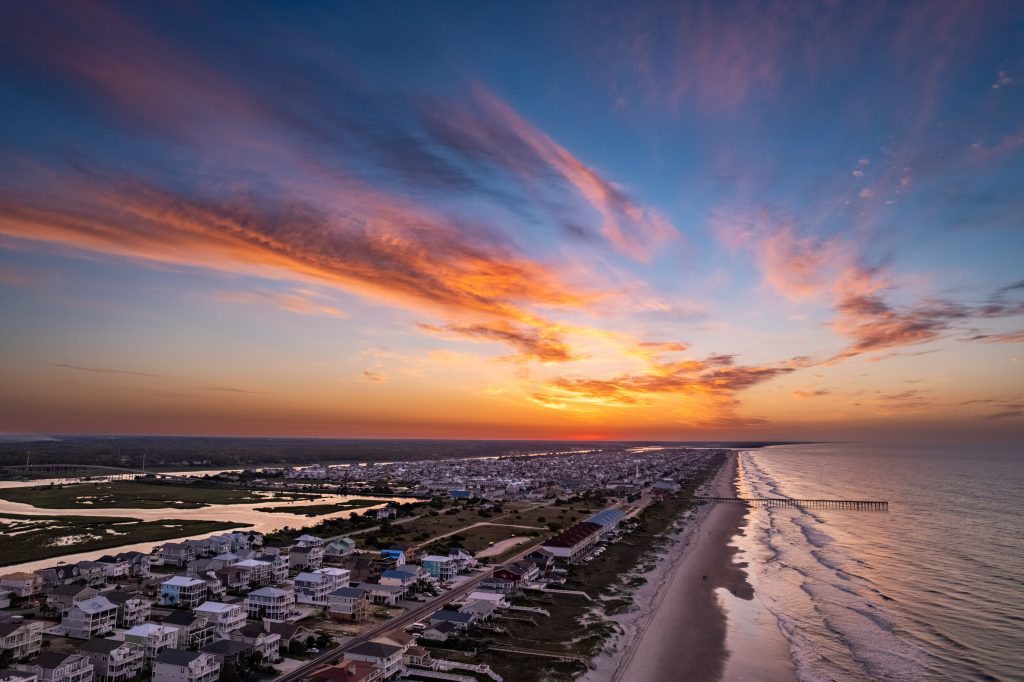
Understanding the Essence of Light and Atmosphere
Move beyond knowing the lighting rules and explore the nuances of light qualities. Learn to harness the mood-setting potential of different lighting conditions. Embrace the magic of other times of day and weather conditions, as they can infuse your photos with unique atmospheres and emotions.

Establish Connections with Subjects
You are connecting with your subjects, whether people, nature, or inanimate objects, is pivotal. Engage with your subjects to capture genuine emotions and moments that resonate with viewers. Patience, observation, and empathy can elevate your photography to tell stories beyond what meets the eye.
Post-Processing as a Creative Tool
Post-processing is not merely about correcting flaws; it’s a tool to enhance your creative vision. Master the subtle art of editing to complement and amplify the emotions and messages conveyed by your photographs.
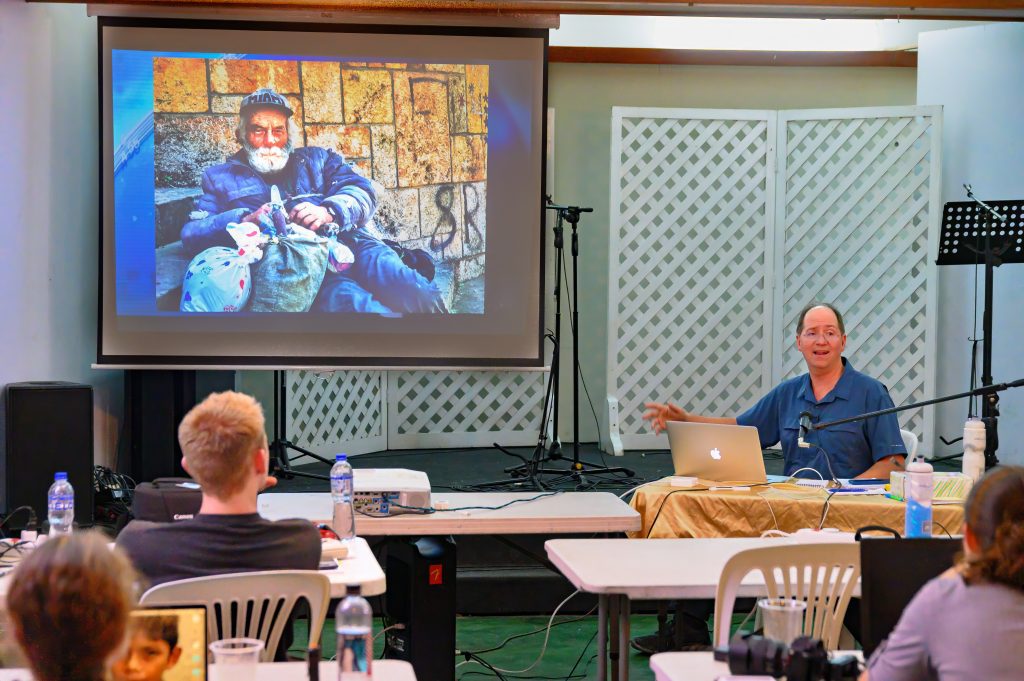
Continuous Learning and Inspiration
Always continue to learn. Study the work of photographers you admire, dissecting what makes their photos exceptional. Seek feedback and critique to broaden your perspective and refine your craft continuously.
Conclusion
The true essence of photography lies in transcending the technical realm and embracing the artistry, creativity, and emotional depth that each click of the shutter encapsulates. It’s about storytelling, connecting with viewers, and evoking emotions that resonate long after the photo is taken.
So, to all the Alexes out there—embrace the challenge of moving beyond the technicalities. Dare to infuse your photographs with stories, emotions, and your unique perspective. That’s where the real magic of photography lies.

